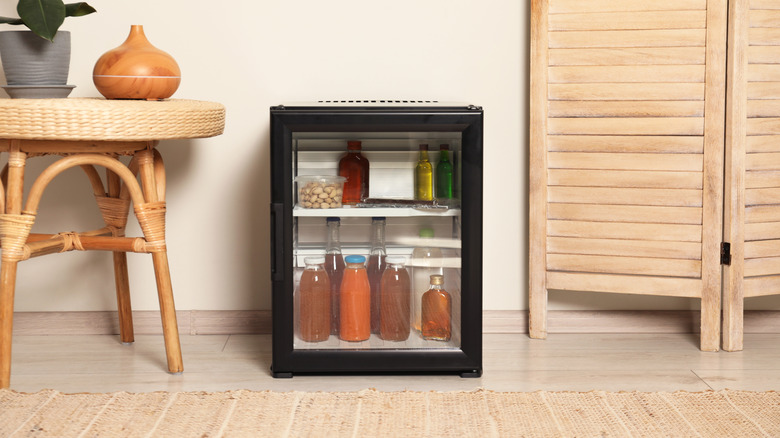The Convenience and Cost of Hotel Minibars
There’s something undeniably appealing about settling into a hotel room after a long flight or road trip. It’s the perfect moment to relax, unwind, and maybe even treat yourself to a snack or a classic cocktail. Many hotels recognize this and have made it their mission to provide guests with a range of amenities—among them, the ever-present minibar. These small refrigerators filled with snacks, drinks, and sometimes even alcoholic beverages are a staple in many hotel rooms. They not only enhance the guest experience but also serve as a revenue stream for the hotel.
To ensure that guests pay for what they take, hotels have implemented various technologies to track usage. One common method is the use of microswitches, which are often found as black pads or tabs on items inside the minibar. These switches detect when an item is removed and can alert the hotel system. Infrared sensors and RFID tags are also used, sending a signal to the accounting portal whenever a beam is broken. Some systems rely on magnets that trigger a timer, allowing guests a set amount of time to decide whether they want to keep an item before being charged.
While these systems are designed to be efficient, they are not foolproof. There are instances where guests may be incorrectly charged for items they never actually took. This can happen due to faulty sensors, items not being returned within the set time limit, or simply because guests remove items to make space for their own food and drinks. If a guest notices an incorrect charge, they can dispute it by speaking with a hotel representative, escalating the issue to corporate, or contacting their financial institution.
However, the best approach might be to avoid using the minibar altogether. Some hotels offer complimentary minibars, such as those affiliated with the Andaz chain under Hyatt. Others may not have a minibar at all, providing a more straightforward option for budget-conscious travelers. Even if the temptation to take restaurant leftovers back to the room is strong, it’s worth considering the cost implications.
Hotel minibars can be surprisingly expensive. A small bottle of spirits might cost twice as much as it would elsewhere, and while the mark-up on snacks and non-alcoholic drinks is usually less severe, there’s still a noticeable price difference. For many, the convenience of a minibar comes at a steep price. Fortunately, there are alternatives that can offer similar value without the extra cost.
A good meal or a few groceries can often be ordered through a delivery app, making it easy to enjoy a meal in the comfort of your room. Additionally, many hotels have bars on-site, offering a variety of cocktails that may be more reasonably priced than what’s available in the minibar. Whether you’re looking for a quick drink or a full meal, there are often better options available just a short walk away.
In the end, while hotel minibars are convenient, they are not always the most cost-effective choice. Travelers should weigh the benefits against the potential costs and consider alternative options that may better suit their needs and budget.



